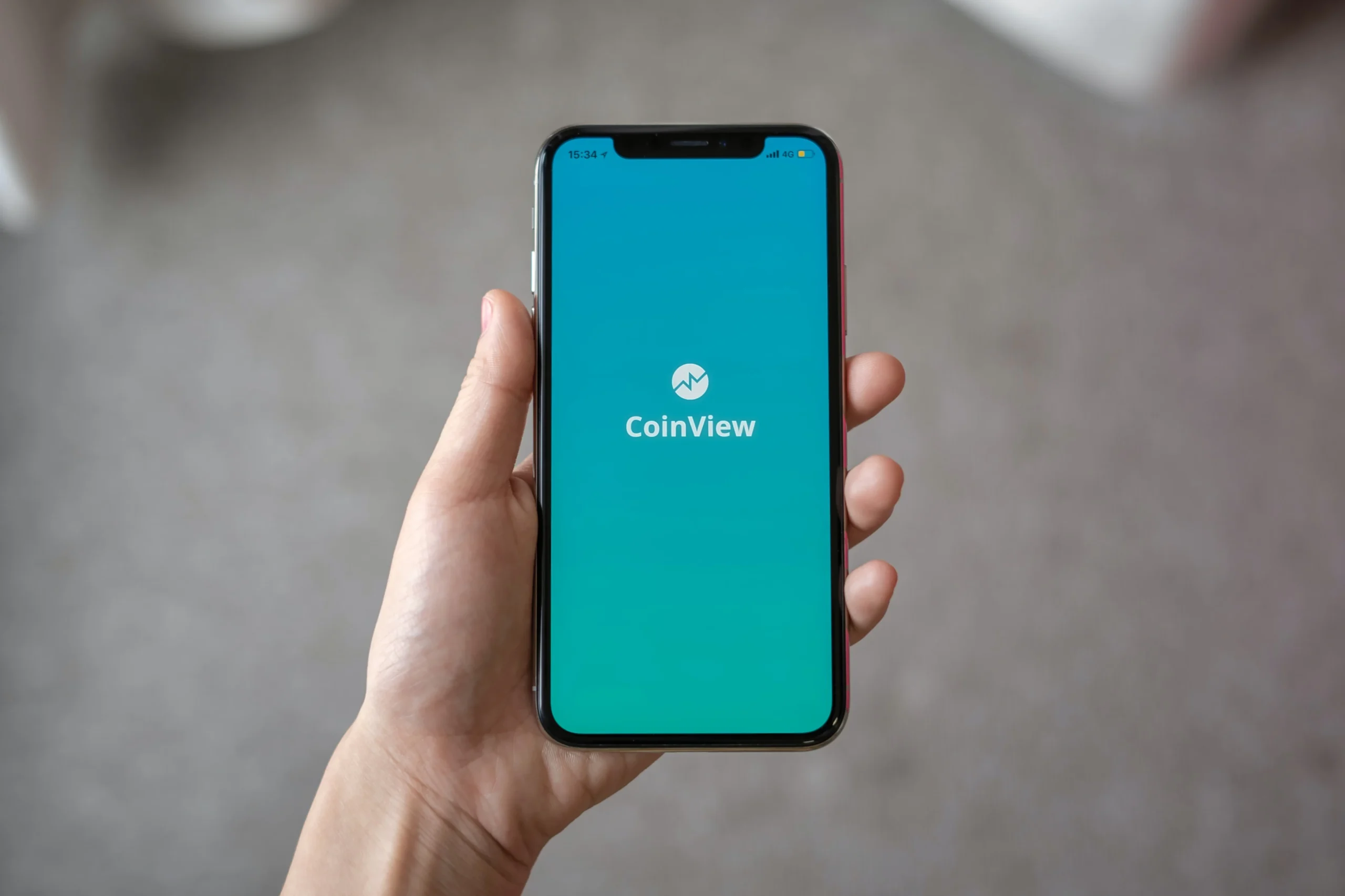Table of Contents
Mobile Optimization in Marketing Funnel
Introduction
The effectiveness of your marketing funnel is crucial to the success of your business. However, many marketers fail to measure their marketing funnels and may not even realize they have one in the first place. If you have content on your website such as blog posts, email lists, and product pages, you have a marketing funnel. Mobile optimization in marketing funnel is essential because the majority of buyers prefer vendors that provide sufficient content that helps them navigate each stage of the buying process. This article will explore the different stages of a marketing funnel and how to optimize each stage for mobile devices.
The Importance of Mobile Optimization in Marketing Funnel
Mobile optimization in marketing funnel is important because the majority of buyers prefer vendors that provide sufficient content that helps them navigate each stage of the buying process. In fact, 95% of buyers read content that helps them make purchasing decisions. Mobile optimization ensures that your content is accessible and user-friendly on mobile devices, which is essential as consumers are increasingly using their smartphones to research and make purchasing decisions. By optimizing your marketing funnel for mobile devices, you can reach and engage with a larger audience and increase your chances of driving conversions.
The Different Stages of a Marketing Funnel
A marketing funnel is a roadmap that guides prospects from their initial interaction with your company to ultimately converting into a customer. There are several stages in a marketing funnel, including the top, middle, and bottom stages. Each stage requires different types of content to be successful and should be optimized for mobile devices.
Top of the Funnel (TOFU)
The top of the funnel is the broadest stage and focuses on attracting prospects who are not yet aware of their problem or your solution. At this stage, your goal is to raise awareness and introduce your brand to potential customers. Mobile optimization in this stage involves creating content that is easily accessible and engaging on mobile devices. Examples of mobile-optimized content for the top of the funnel include paid ads, social media posts, and blog articles.
Middle of the Funnel (MOFU)
The middle of the funnel is where prospects are evaluating their options and considering different solutions. At this stage, your goal is to provide informative and educational content that showcases your expertise and convinces prospects that your solution is the best choice. Mobile optimization in this stage involves creating content such as case studies, webinars, and whitepapers that can be easily viewed and accessed on mobile devices.
Bottom of the Funnel (BOFU)
The bottom of the funnel is the narrowest stage and focuses on converting prospects into customers. At this stage, your goal is to provide content that convinces prospects to take action and make a purchase. Mobile optimization in this stage involves creating persuasive content with clear calls-to-action that are easily accessible and actionable on mobile devices. Examples of mobile-optimized content for the bottom of the funnel include risk-free trials, live demos of your products, and testimonials.
AIDA Model for Marketing Funnel
In addition to the traditional marketing funnel, another popular model is the AIDA model, which stands for Awareness, Interest, Desire, and Action. Each stage of the AIDA model corresponds to a different stage of the marketing funnel and requires specific types of content.
Awareness
The awareness stage is where prospects become aware of their problem and your brand. Content for this stage should focus on raising awareness and introducing your brand to potential customers. Examples of content for the awareness stage include paid ads, podcast advertisements, and promotional emails.
Interest
The interest stage is where prospects become interested in your brand and want to learn more. Content for this stage should focus on providing educational and informative content that showcases your expertise and convinces prospects to consider your solution. Examples of content for the interest stage include SEO blogs, YouTube videos, and infographics.
Desire
The desire stage is where prospects develop a desire for your solution and consider making a purchase. Content for this stage should focus on convincing prospects that your solution is the best choice and outshines your competitors. Examples of content for the desire stage include positive user reviews, case studies, and price comparison charts.
Action
The action stage is where prospects make a purchase and become customers. Content for this stage should focus on making it easy for prospects to take the final step. Examples of content for the action stage include risk-free trials, live demos, and testimonials.
Building an Effective Marketing Funnel
Building an effective marketing funnel involves selecting the appropriate marketing channels for each stage of the funnel and optimizing your content for mobile devices. It’s important to consider your budget and resources when planning your content and focus on creating high-quality content in the middle and bottom stages of the funnel. Mobile optimization is crucial at each stage of the funnel to ensure that your content is accessible and user-friendly on mobile devices.
Conclusion
Mobile optimization in marketing funnel is essential for the success of your business. By optimizing your marketing funnel for mobile devices, you can reach and engage with a larger audience and increase your chances of driving conversions. It’s important to consider the different stages of the funnel and create content that is relevant and optimized for each stage. By building an effective marketing funnel and optimizing for mobile devices, you can improve lead generation, increase organic traffic, and achieve a higher conversion rate.
